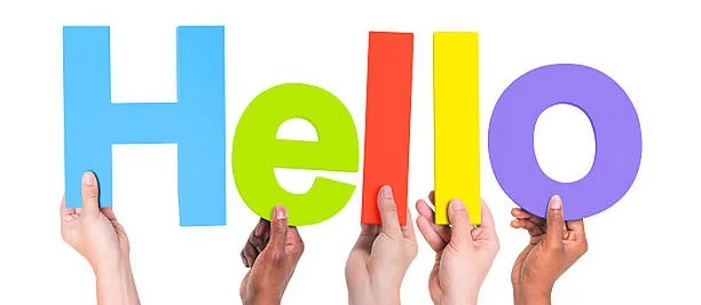Hola en Inglés: Everything You Need to Know

If you’ve ever wondered how to translate “hola” into English or the best way to use it, you’re in the right place. As someone who has learned and practiced both Spanish and English extensively, I’m here to break it down for you. Whether you’re a Spanish speaker learning English or an English speaker curious about Spanish, this guide will help you understand everything about “hola en inglés.”

What Does “Hola” Mean in English?
In English, “hola” simply translates to “hello.” It is the most common way to greet someone in Spanish, just like “hello” is in English. However, just like “hello,” “hola” can be used in various situations and tones. From casual chats with friends to polite introductions, “hola” works universally.
When to Use “Hello”
The English word “hello” is versatile, just like “hola.” Here are some examples:
- Formal Situations: Use “hello” when meeting someone new, speaking to someone older, or in professional settings. For example:
- Hello, my name is Rashedul.
- Hello, how are you today?
- Casual Conversations: Among friends or family, “hello” is still common, though people often use more informal greetings like “hi.”
- Hello! Good to see you again.
- Hi there!
- Answering the Phone: English speakers commonly say “hello” when picking up a call.
- Hello, who is this?
Common Alternatives to “Hello”
In English, there are many ways to greet someone beyond “hello.” Here are some examples:
- Hi: A casual and friendly greeting, equivalent to “hola” in informal settings.
- Hey: A more relaxed and casual version of “hi.”
- Good Morning/Afternoon/Evening: Time-specific greetings often used in formal or polite situations.
- What’s up?: A casual and informal way to say hello, often paired with a question about how someone is doing.
How to Pronounce “Hello”
For Spanish speakers, pronouncing “hello” correctly can be tricky at first. The phonetic pronunciation is huh-loh with a soft “h” sound at the beginning. Unlike in Spanish, the “h” in English is not silent. Practice saying it slowly and emphasize the “h” sound to get it right.
Cultural Differences in Greetings
When comparing “hola” and “hello,” it’s essential to understand the cultural context:
- Physical Gestures: In Spanish-speaking cultures, “hola” is often paired with a handshake, a kiss on the cheek, or a hug, depending on the region. In English-speaking cultures, a simple handshake or a wave is more common.
- Formality Levels: Spanish tends to have more variations in greetings based on formality, such as “buenos días” (good morning) or “¡qué tal!” (what’s up). English is more straightforward, with “hello” and “hi” covering most situations.
- Tone and Context: Both languages use tone to convey emotions. For example, saying “hello” enthusiastically shows excitement, while a flat “hello” can indicate annoyance.
Tips for Spanish Speakers Learning “Hello”
If you’re transitioning from Spanish to English, here are some tips to make your greetings sound natural:
- Practice Pronunciation: Focus on the “h” sound in “hello.” Record yourself and compare it to native speakers.
- Learn Variations: Familiarize yourself with alternative greetings like “hi,” “hey,” and “what’s up.”
- Use Greetings in Context: Practice using “hello” in different situations to feel more comfortable. Read More





